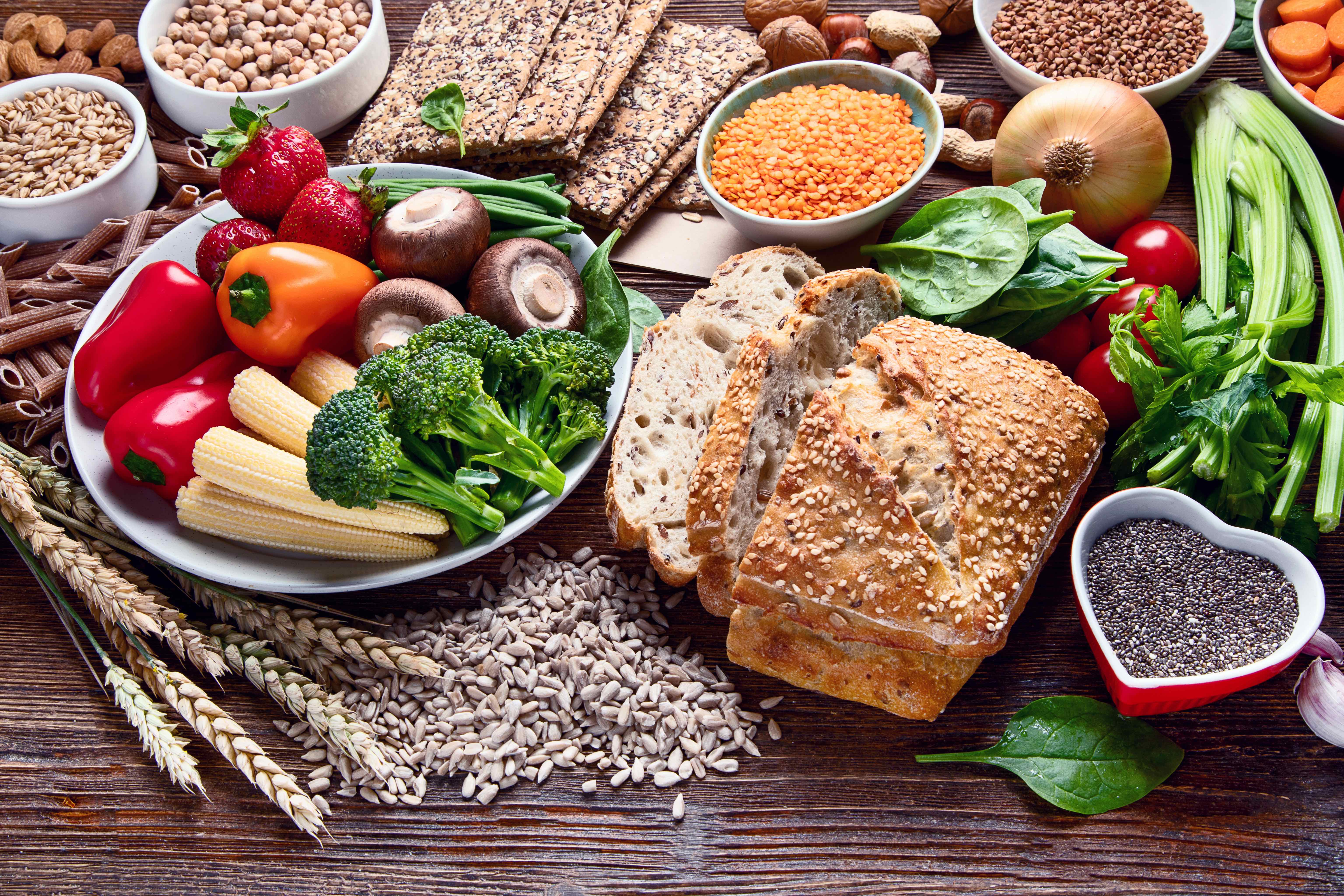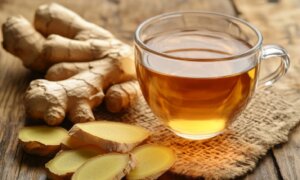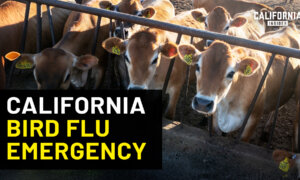Longstanding advice holds that eating a high-fiber, plant-based diet is better for overall health. But new evidence shows that not everyone is getting the same benefits from fiber, prompting a reevaluation of dietary recommendations.
Fiber is a type of carbohydrate that comes from the indigestible parts of plants. Microbes in the gut metabolize these complex carbohydrates through fermentation, turning them into short-chain fatty acids that can be used for everything from optimizing intestinal function to protecting against various diseases.
Dietary fiber generally helps you feel full, assists in digestion, and prevents constipation. Some forms of fiber speed up motility, while others slow it down.
A higher intake of fiber is associated with numerous health benefits, including:
- Prevention of cardiovascular disease, cancer, Type 2 diabetes, and obesity
- Maintaining a healthy body weight
- Preventing cancer and specifically extending longevity among colon cancer survivors
- Improved neurological health
- Reduced risk of autoimmune diseases
- Enhanced intestinal barrier function, protecting against inflammation-triggering toxins.
The average American consumes about 16 grams of fiber daily, falling short of the recommended minimum of 21 grams for older children, 25 for women, and 38 grams for men.
While increasing intake is generally recommended, fiber—found in foods like beans, peas, whole grains, fruits, and vegetables—can be tricky, particularly for those with gastrointestinal symptoms such as gas, bloating, constipation, and diarrhea. Counterintuitively, fiber intake doesn’t always alleviate these symptoms.
New Insights
A
study published in Gut Microbes in June sheds light on why fiber affects people differently. The research suggests that the composition and diversity of a person’s gut microbiome, a community of trillions of bacteria and other microorganisms that live mostly in the colon, play a significant role in how fiber is processed.
Different microbial species responded uniquely when subjects consumed crackers containing two types of resistant starch (RS), which is generally found in foods like bread, cereal, green bananas, whole-grain pasta, brown rice, and potatoes.
Some participants experienced minimal changes in their microbial diversity and abundance, as well as in their concentration of short-chain fatty acids. These compounds, the primary metabolites produced by gut microbes, indirectly reduce appetite, limit food intake, and regulate blood glucose.
Rapid Changes in Gut Microbiome
The study showed that the gut microbiome can change rapidly. The participants were asked to consume one type of resistant starch (RS) cracker for a 10-day period, followed by a five-day “washout” period when they were given digestible starch crackers, and then followed by another 10-day period when they ate a different type of RS cracker. One RS cracker contained a naturally occurring resistant starch and the other contained a human-made resistant starch. The participants’ microbiomes were measured before and after each treatment.
Significant changes in bacterial abundance were observed, with variations depending on the type of starch and the individual.
The naturally occurring RS led to an abundance in more than 30 bacteria, including Ruminococcus bromii, which is known for breaking down RS in the human gut. More than 20 bacteria changed in response to the human-made starch, while nothing changed in the control period.
Reframing Advice
The study’s findings suggest that dietary advice about fiber could be more personalized. This approach could be key to increasing fiber consumption among Americans, according to Angela Poole, assistant professor of molecular nutrition at Cornell University and senior author of the study.
“This is critical because we’ve had public messaging advising people to eat more dietary fiber for decades,” Poole said in a news release. “At the same time, less than 10 [percent] of people eat the recommended intake. Since there are many different types of dietary fiber and carbohydrates, a better strategy would be to collect data on each person and tell them which dietary fiber they can eat to get the most bang for their buck.”
That approach makes sense to Dr. Armen Nikogosian, an internist and functional medicine specialist, who has worked with patients of all ages who have chronic gut issues and complex medical conditions to safely optimize the fiber in their diets.
Difficulty digesting resistant starches may indicate some degree of dysbiosis—an imbalance of microbes in the gut—meaning a person doesn’t have the right kinds of bacteria in his or her gut to digest some types of fiber, Nikogosian told The Epoch Times in an email.
Because resistant starches are prebiotics, meaning they are the food for microbes living in your gut, it may be helpful to increase fermented food alongside fiber, according to Nikogosian. Fermented food like sauerkraut and kombucha are probiotics, containing live microorganisms that can add to diversity and abundance in the microbiome.
You may want to see a functional medicine practitioner if intolerance to prebiotic and probiotic food persists, Nikogosian said.
Increasing Fiber Intake
Overall, the findings add to the argument that more fiber is better, Noah Praamsma told The Epoch Times. He is the nutrition education coordinator at the Physicians Committee for Responsible Medicine, a nonprofit that promotes disease prevention through plant-based nutrition. It endorses consuming up to 40 grams of fiber daily.
“It’s a very achievable number,” Praamsma said. “Today is the best day to start. Your gut bacteria will adjust.”
Good sources of fiber include:
- One cup of raspberries (which contains 8 grams of fiber)
- One-half cup of lentils (7.8 grams)
- One cup of sweet potatoes (6.6 grams)
- One pear: (5.5 grams)
- One cup of broccoli (5.1 grams).
If gas and bloating are a concern, Praamsma suggests starting slowly and using an app or notebook to track not only the amount of fiber you are eating, but also how your body reacts to it. You can also eat vegetables cooked rather than raw to make them more digestible.
Choosing to focus on eating a diet naturally high in fiber is not only sustainable, but can lead to a more carefree attitude about health, he said.
“The more you can replace the high-fat animal foods with fiber plant foods, that’s not only going to make this better for your health but easier,” he said. “There will be a lot less tracking and worrying about whether you are hitting these quotas.”













